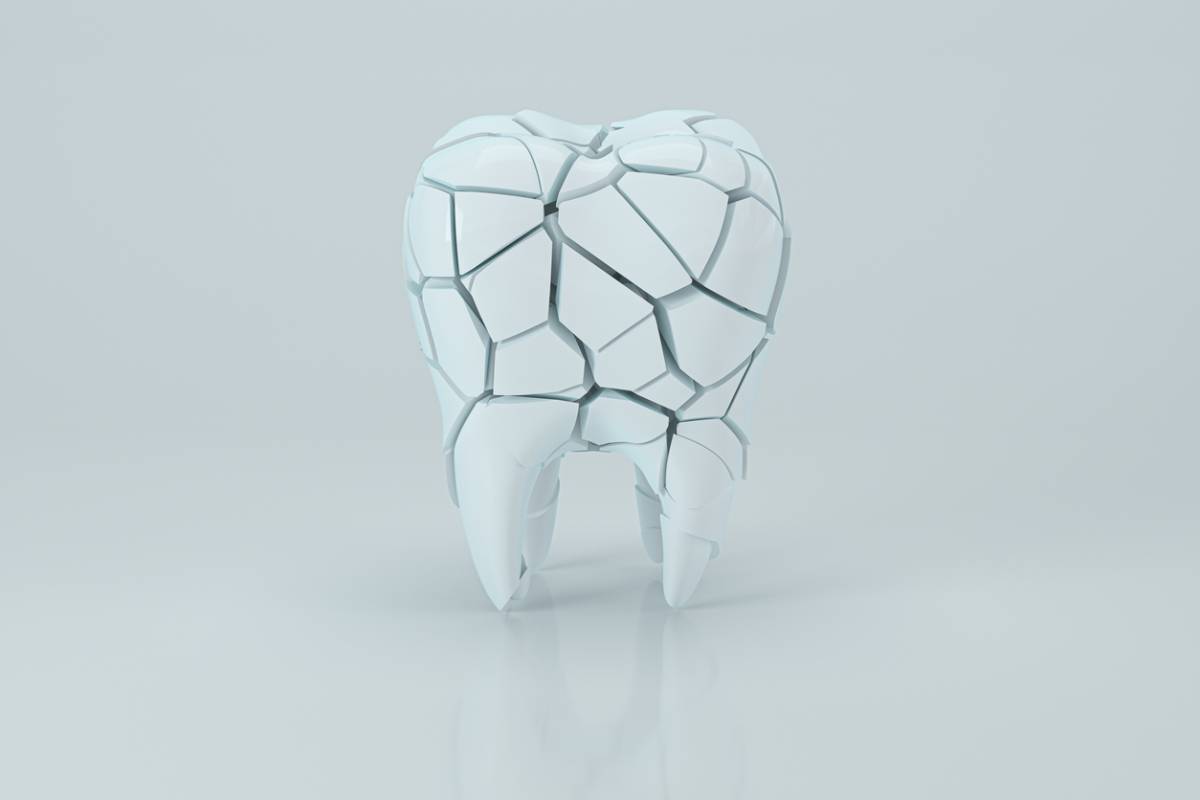Tooth decay is a common issue that affects millions of people. Common causes of tooth decay include poor oral hygiene, poor diet, and bruxism. Certain medications and diseases can also increase the risk of tooth decay. If tooth decay is left untreated, it can lead to other oral health issues and tooth loss. Teeth impacted by damage or decay should be addressed right away due to the negative impact it can have on your everyday life. There are several tooth restoration options available. Inlays and onlays are common treatment options. You may wonder, when are inlays and onlays necessary?
When Are Inlays and Onlays Necessary?
Inlays and onlays are tooth restoration options. They are used to repair decayed, damaged, or fractured teeth. Both inlays and onlays in Bloomington are made from porcelain or composite resin. They seamlessly blend in with the natural color of your teeth. There are benefits to both treatment options.
When Inlays Are Necessary
Inlays are a great restorative treatment option when your tooth has moderate decay or damage. It’s best when treating teeth that are not severely damaged enough to get a crown. Damage that is in the center of the tooth between the cusps.
Structural Damage
A tooth that is damaged but still has healthy enamel can benefit from inlays. An inlay provides support without the need for removal or a tooth replacement option.
Large Filling Replacement
Even with proper care, fillings often need to be replaced. If your filling is large and has become weak, an inlay is a great replacement option. It provides more durability and lasts longer than a traditional filling.
Cavity Repair
Cavities that have not reached the tooth’s outer edges or cusps can be addressed with inlays. They are effective in preserving the tooth’s structure and repairing the cavity.
When Onlays Are Necessary
Onlays are an effective restorative option if the damage or decay is more extensive. This often includes one or more of your tooth’s cusps. The onlays cover the damaged area while leaving the healthy part unaddressed. Preserving your natural tooth is a top priority, so an onlay can ensure that it happens as long as the damage is not extensive.
Fractured Teeth
Cracks and fractures are common oral health issues. If the damage has not impacted the entire structure of your tooth, an onlay is a great restorative treatment option.
Large Cavities
Some cavities are large and may not be best addressed with a filling. Onlays are a great option if you do not need a full crown. An onlay can easily cover the damaged area, including the cusps of your teeth.
When Inlays Are Necessary
Inlays are a great restorative treatment option when your tooth has moderate decay or damage. It’s best when treating teeth that are not severely damaged enough to get a crown. Damage that is in the center of the tooth between the cusps.
Benefits of Inlays and Onlays
Inlays and onlays are great restorative dental treatments. They offer several advantages over alternative treatment options.
Customized Treatment Option
Inlays and onlays are customized to fit your tooth perfectly. This ensures a precise fit that is durable and long-lasting. This reduces the risk of infection and other oral health issues as bacteria are unable to penetrate the tooth.
Durable and Long-lasting
Inlays and onlays are made from durable materials. They are stronger than regular fillings. This means they can easily withstand the pressure that comes with chewing and natural wear and tear. With proper oral care, they are a long-lasting restorative dental solution.
Cosmetic Dentist in Bloomington
If you need dental treatment, contact the team at Valley Adler Family Dentistry. Their team of dental professionals are skilled and experienced in cosmetic, restorative, and general dentistry. They can help you achieve your desired dental aesthetic. Contact the top cosmetic dentist in Bloomington today to schedule your appointment!


